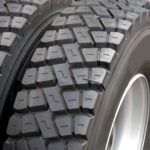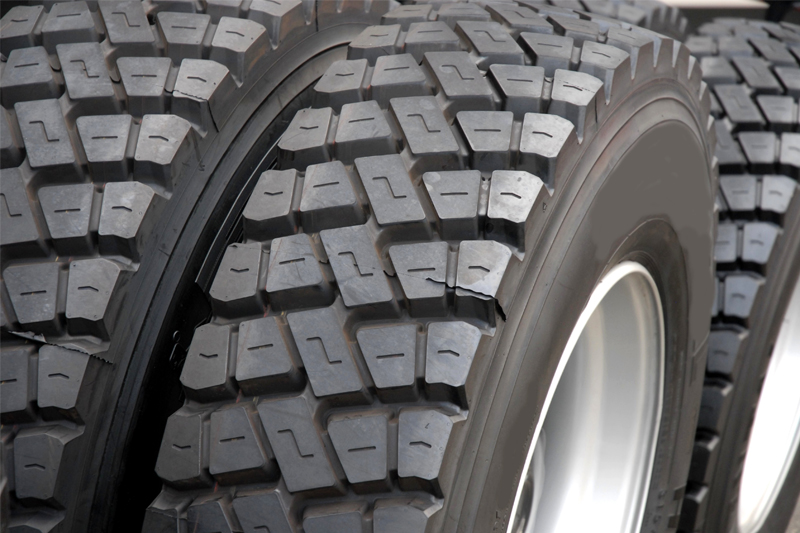CAM International reveals how the latest in tyre technology and RFID support can lead to a reduction in downtime for fleets.
One of the main objectives of fleet managers is to ensure that the vehicles are out on the road, rather than costing money because of downtime in the workshop. As is common knowledge, such downtime can be reduced through preventative maintenance measures, which is generally done on a usage basis (a certain number of miles), but this can vary from company to company. At times, this process can be time consuming, however, increasingly it is being aided by the evolution of technology and tools – three of which we describe here.
The first piece of technology is the introduction of ‘smart tyres’, which have been designed and developed to communicate tyre pressure, load, temperature and wear to the operators and the manufacturer. This type of information is then analysed by the fleet manager in order to work out when each vehicle needs its service, and enables them to manage their fleet accordingly when that vehicle is out of action.
The second is RFID (radio-frequency identification) technology, and the solutions that various tyre manufacturers have presented recently are the start of an ongoing evolution in this area. The RFID is integrated into small tags, which are inserted into the tyre to provide a unique number. The benefits for operators include help with tracking, inventory control and asset distribution.
The third and, probably most important, for the end user are the digital aids. These are normally provided by third party suppliers such as CAM International, which has introduced RFID support within its e-jobsheet, open-architecture, digital tablet-based work exchange platform for truck, bus and van.
The software’s RFID capability reads and captures product data by brand, IPC code, section/profile/rim, pattern and individual serial number, and then populates it directly from the Bluetooth enabled RFID reader into the e-jobsheet app. This means that once the mobile fitter uses the RFID tag reader to identify the tyre, the specifics of the tyre registers immediately in e-jobsheet, saving the fitter time and increasing accuracy, as well as playing its part in tracking tyre assets.
In addition, the use of RFID technology by the e-jobsheet platform enables the vehicle-side work processes to be quickened, and for tyre data to be housed as accurately as possible. This, in turn, speeds up asset identification at the point of both the inspection and maintenance, as well as feeding stock control systems.
With all the technology and tools available to fleet managers, each one has its own benefits. The ultimate rewards, however, occur when all work harmoniously together to improve efficiencies and have a significant impact on cost savings.










